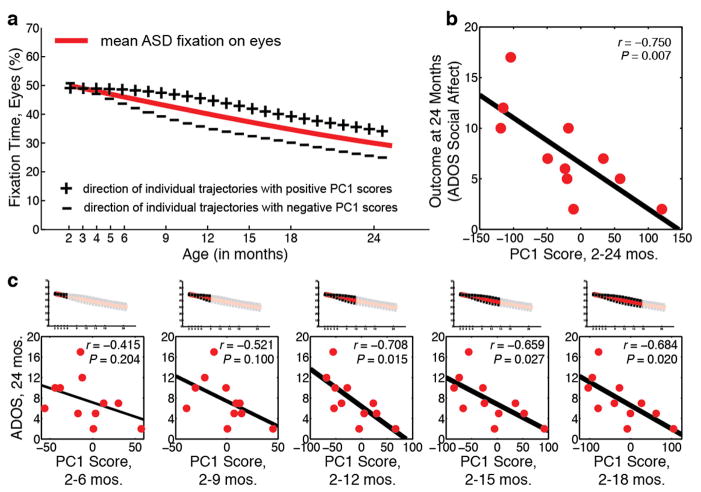Extended Data Figure 1. In infants later diagnosed with ASD, decline in eye fixation during the first 2 years is significantly associated with outcome levels of symptom severity.
Functional Principal Component Analysis (FPCA) was used to extract growth curve components explaining variance in trajectory shape about the population mean. (a) Population mean for fixation to eyes in children with ASD (red line) plotted with lines indicating direction of individual trajectories having positive principal compenent one (PC1) scores (line marked by plus signs) or negative PC1 scores (line marked by minus signs). (b) Outcome levels of social disability (as measured by ADOS Social-Affect) as a function of decline in eye fixation (measured as eyes PC1 score). (c) Outcome levels of social disability as a function of decline in eye fixation using subsets of the longitudinal data (i.e., measuring decline in eye fixation using only data collected between months 2–6, excluding data thereafter; then between months 2–9, etc.). Decline in eye fixation predicts future outcome at trend levels by 2–9 months (P = 0.100), and is statistically significant thereafter.

